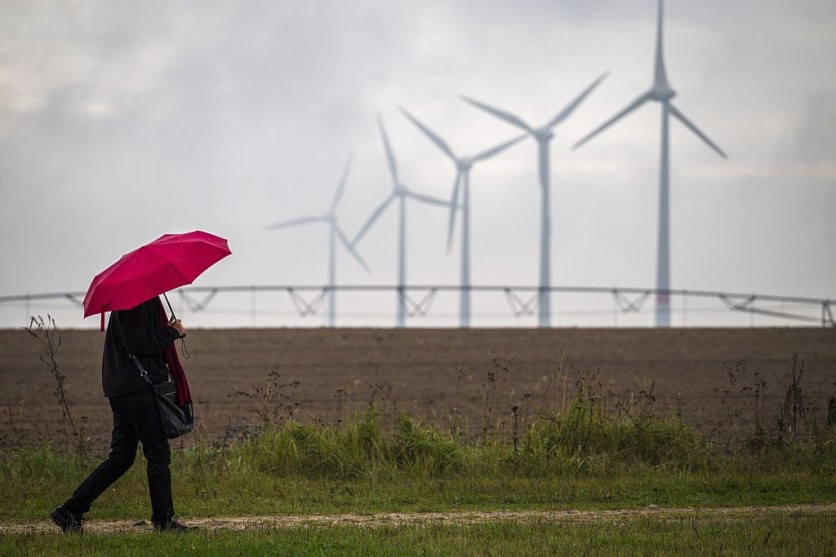Nowadays, most Europeans open their energy bills nervously, expecting significant price increases as utility providers pass along the rising cost of electricity, natural gas, and oil associated with Russia's conflict in Ukraine.
This winter, many people are making an effort to save money by lowering the heat and turning off the lights. However, this is not the case for the 130 residents of Feldheim.
This little community, roughly an hour and a half south of Berlin, has been energy independent for more than ten years, according to a report by the AP.

How Feldheim Became Energy Independent
In a risky experiment that began in the middle of the 1990s, Feldheim built a few wind turbines to supply the community with electricity. It then constructed a neighborhood grid, solar panels, battery storage, and additional turbines.
The farmers' cooperative gained more income from expanding a biogas plant intended to keep piglets warm. This cooperative pumps hot water through a village-wide central heating system.
A plant for producing hydrogen is also being built, as per AP's report.
On the sloping farmlands near Feldheim, 55 wind turbines can now be seen but not heard, and locals are enjoying some of the cheapest power and natural gas prices in Germany.
The method Feldheim uses to generate its own eco-friendly energy attracts thousands of tourists from all over the world every year and stands in contrast to the way that Germany still imports fossil fuels for most of its needs.
This became evident after Russia invaded Ukraine, disrupting its dependence on Moscow's oil, coal, and natural gas that Germany and several other European nations had.
Read also : Rondo Energy Claims Brick Toaster Heat Storage Device is Capable of Cheap, Efficient Decarbonization
Germany's Gross Power Production
Despite investing billions in the expansion of renewable energy to cut down on emissions contributing to global warming, AP noted that more than half of Germany's gross power production in the first half of the year came from fossil fuels and nuclear power.
Wind farms in the north frequently have to be shut down while fossil fuel facilities are started to supply electricity to enterprises in the south due to a lack of adequate transmission capacity, according to AP.
Michael Knape, mayor of the municipality of Treuenbrietzen, which includes Feldheim, said that allowing citizens to participate in and profit from the project was essential to Feldheim's success.
Feldheim allowed so many turbines that it exports approximately 250 times as much electricity as it consumes, but wind parks elsewhere in Germany sometimes meet opposition, including some economically struggling villages.
Knape is optimistic that Germany's energy transition can learn a thing or two from Feldheim.
"I'm firmly convinced that given the current pressure in Europe ... it's become clear to everyone that we need to approach this differently than before," he said in a statement with AP.
Related Article : 'Wave Energy:' This Floating Spine-Like Device Generates Sea Waves Into Electricity!
This article is owned by Tech Times
Written by Joaquin Victor Tacla
ⓒ 2025 TECHTIMES.com All rights reserved. Do not reproduce without permission.




